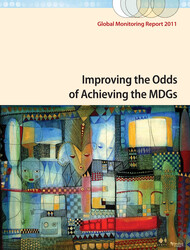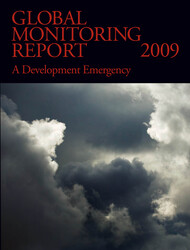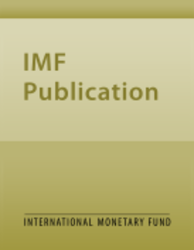
1992 World Economic and Financial Surveys : Developments in International Exchange and Payments Systems
This paper describes that in developing countries, the moves toward more flexible exchange rate arrangements and liberalization of exchange controls often occurred in the context of comprehensive macroeconomic adjustment programs supported by the IMF. These programs featured a broad range of policy actions, including an increasing emphasis on structural reforms aimed at improving resource allocation and enhancing the supply response of the economy. With respect to restrictive systems, the trend toward liberalization of nontrade current and capital transactions continues, primarily because it is seen as ineffective, even counterproductive, to try to control such financial flows. This trend contrasts with trade where it appears that some major participants have been awaiting the outcome of the Uruguay Round before further reducing restrictions. A single currency peg has been the exchange arrangement most frequently used by developing countries, of which over one third currently have such an arrangement. This type of peg has the merit of being easy to administer and is generally chosen by countries that have a large share of foreign exchange transactions in the currency chosen as the peg.
Publication date: January 1992
ISBN: 9781451940589
$50.00
Add to Cart by clicking price of the language and format you'd like to purchase
Available Languages and Formats
| English |
Topics covered in this book
This title contains information about the following subjects.
Click on a subject if you would like to see other titles with the same subjects.
Money and Monetary Policy , International - Economics , WEFS , U , S , dollar , IMF arrangement , CMEA trade , liberalization effort , CMEA country , CMEA member , foreign currency , Currencies , Exchange rates , Exports , Imports , Eastern Europe , Africa , Central America , Central and Eastern Europe , Europe , Carib
Summary
Copyright © 2010 - 2025
Powered by:
AIDC



